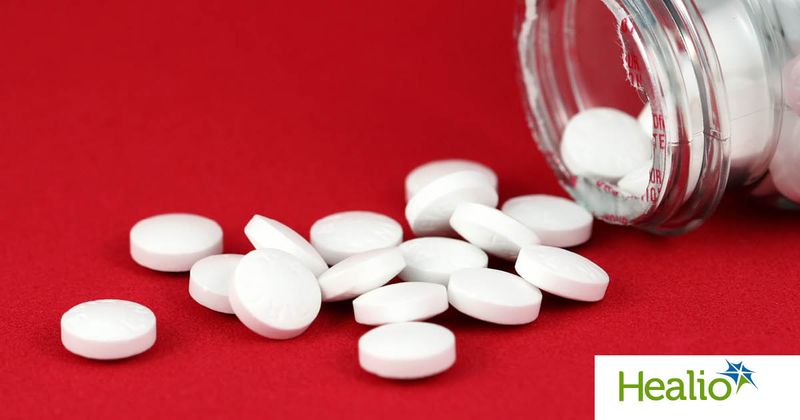Absolute eosinophil counts increase with aspirin-exacerbated respiratory disease
Key takeaways:
- Patients with aspirin-exacerbated respiratory disease had a median absolute eosinophil count of 490 cells/µL.
- Patients with absolute eosinophil counts above 500 cells/µL also had lower FEV1.
Patients with aspirin-exacerbated respiratory disease had higher absolute eosinophil counts than patients with asthma who could tolerate aspirin, according to a study published in The Journal of Allergy and Clinical Immunology: In Practice.
Higher absolute eosinophil counts also predicted lower FEV1 among patients with aspirin-exacerbated respiratory disease (AERD), Andrew D. Supron, MD, allergist/immunologist, department of medicine, Harvard Medical School and Brigham and Women’s Hospital, and colleagues wrote.

The researchers reviewed the electronic medical records of 225 patients (101 male) aged 14 to 72 years (average age, 49 years) in their center’s AERD registry.
Although the median absolute eosinophil count (AEC) at baseline was 490 cells/µL, 175 (78%) patients had more than 250 cells/µL and 103 (46%) had more than 500 cells/µL, which the researchers called a rightward skew and abnormal distribution.
The researchers also characterized the relationship between AEC and FEV1 as a significant inverse correlation (Spearman’s correlation coefficient [r] = –0.18; P = .0106), with no significant correlation between AEC and serum IgE, serum tryptase, 22-item Sinonasal Outcome Test or Asthma Control Test (ACT) scores.
FEV1 values were significantly lower for patients with AECs higher than 500 cells/µL (mean, 81% predicted) compared with patients whose AECs were 500 cells/µL and lower (mean, 86% predicted; P = .0416).
But when the cutoff was 250 cells/µL, the researchers said, the difference in FEV1 was no longer significant. Also, there were no significant differences in serum IgE, serum tryptase, SNOT-22 or ACT scores between the groups at both AEC cutoffs.
Further, there were significant correlations between FEV1 and ACT (r = 0.23; P = .003), SNOT-22 (r = –0.19; P = .0249) and total IgE (r = –0.26; P = .0012) as well, the researchers said.
The eosinophilia in this cohort resembled but exceeded levels reported in the overall population of patients with asthma, the researchers said, suggesting that eosinophils play a more unique role in AERD than they do in asthma among patients who tolerate aspirin.
The difference in FEV1 at the 500 cell/µL cutoff but not at the 250 cell/µL cutoff indicates that higher cutoffs for AEC may be appropriate for patients with asthma who are sensitive to asthma as well.
However, the researchers said, whether the greater degree of eosinophilia among patients with AERD predicts similarly greater rates of FEV1 decline compared with healthy patients and with patients with asthma who can tolerate aspirin has not been determined.
The researchers called for additional research into the relationship between AEC and FEV1 over time and how established and novel disease-modifying therapeutics may impact it.

